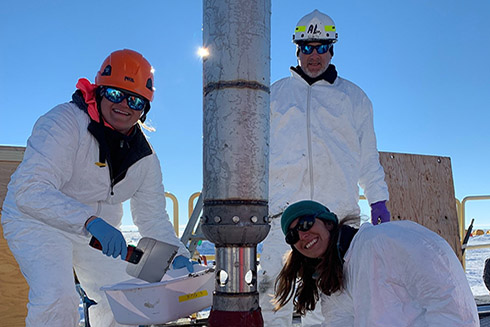News
News Articles
Viewing items with Category: All Categories, Year: All Years
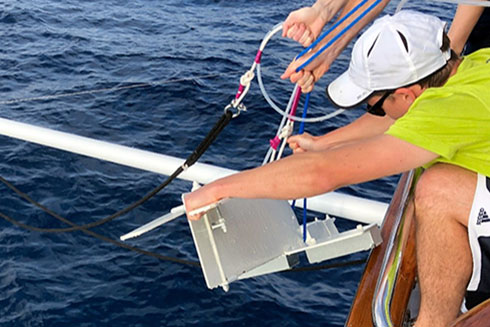
Gulf Stream trace metals cruise, Day 2 – return from the Bahamas
Seawater samples from the cruise will be analyzed for a variety of characteristics with a focus on trace metals: elements that are essential to life despite their low concentrations in the oceans.
March 20, 2019Blogs and Perspectives, News
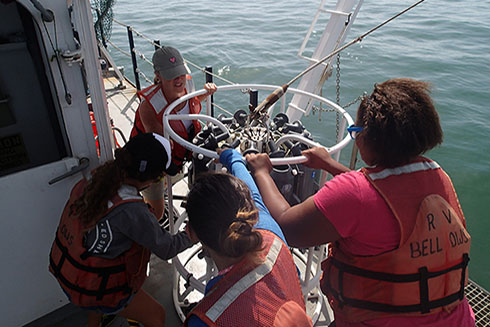
Accepting Applications for Oceanography Camp for Girls
Pinellas county 8th grade girls, join us for a summer of fun and learning about all things ocean during the Oceanography Camp for Girls.
March 18, 2019News
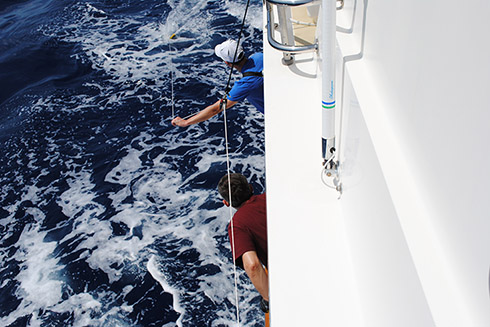
Angari Trace Metals cruise
The Southern Gulf Stream has never before been sampled for some of the elements most essential to life–like iron, manganese and zinc–elements present in the ocean in minute amounts and referred to as trace metals.
March 12, 2019Blogs and Perspectives
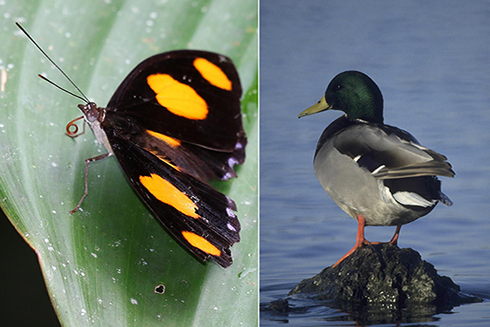
Experts present a new framework for global species monitoring
A group of international experts has developed a much-needed framework to significantly improve the monitoring of status and trends of species worldwide.
March 12, 2019News
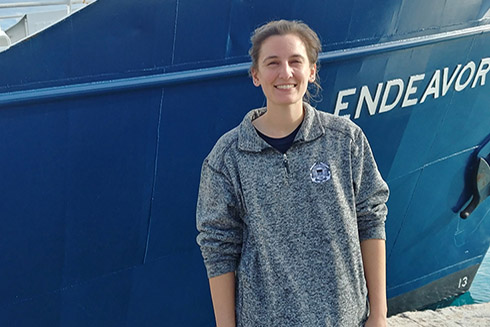
Graduate Student Sets Sail on the R/V Endeavor out of Bermuda
Scientists involved in the project will combine seasonally resolved observations of particulate, dissolved, colloidal, soluble, and ligand-bound iron, and corresponding physical, chemical and biological data from the Bermuda Atlantic Time-series Station (BATS) program, with state-of-the-art biogeochemical modeling.
March 12, 2019News
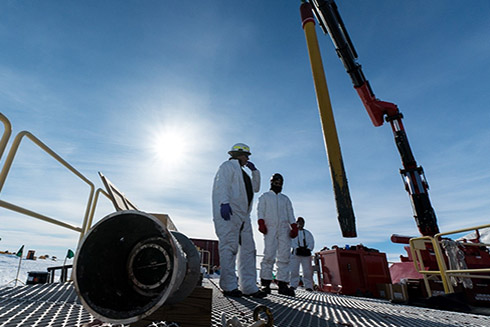
A kilometer of Antarctic ice hides lake and possible clues to the future of our warming planet
At 15 meters deep, Mercer is the deepest subglacial lake to have been directly sampled, building on the accomplishments of the WISSARD expedition to Lake Whillans, a subglacial lake downstream of Mercer with an average depth of about 2 meters at the time of sampling.
March 8, 2019News
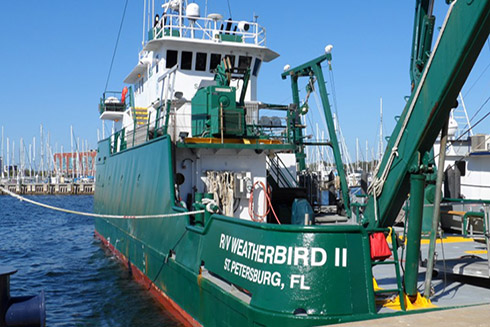
USF scientist talks about the health of the Gulf of Mexico 9 years after the BP oil disaster
In April of 2010 BP’s Deepwater Horizon exploded and nearly 5 million barrels of oil spewed into the Gulf of Mexico over several weeks; the Gulf ecosystem was damaged and researchers are trying to figure out how badly.
March 6, 2019News

Zonal Jets: the Boundless Capillaries of the Sea
USF professor Boris Galperin leads global effort to publish the first comprehensive book on zonal jets, complex features of atmospheric and ocean circulation that evaded discovery in the ocean for decades.
February 28, 2019News
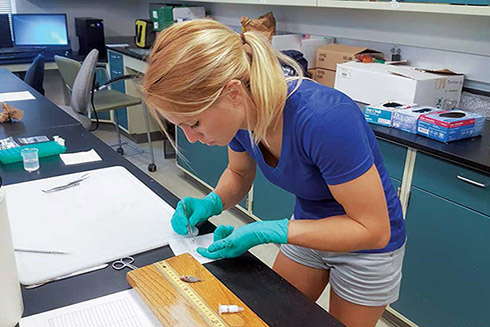
Diving into a Fish-Eat-Forage-Fish World
As scuba divers, life beneath the waves is peaceful as we move weightlessly through the water column in relative quiet aside from the air bubbling from our regulators, the whirl of distant boat propellers and the snap, crackle and pop of parrotfish munching on the reef.
February 27, 2019News
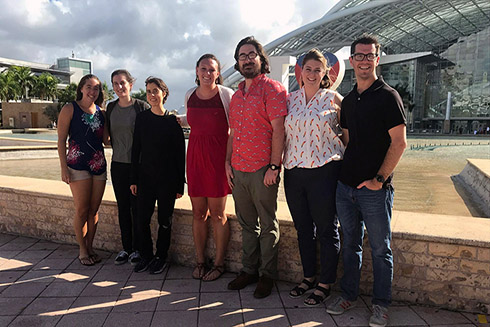
Grad students wrap up second day at the 2019 ASLO conference in Puerto Rico
Six fellow graduate students and I just wrapped up our second day at the 2019 Association for the Sciences of Limnology and Oceanography (ASLO) conference here in San Juan, Puerto Rico.
February 27, 2019Blogs and Perspectives
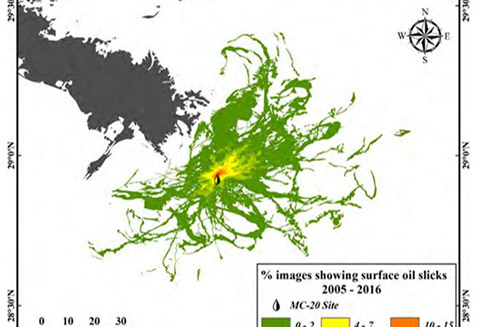
Study Estimates Larger-than-Expected Oil Footprint Near the Damaged Taylor Energy Platform
Researchers analyzed remote sensing imagery to assess oil slicks near the Taylor Energy platform, which was damaged by Hurricane Ivan in September 2004, and determined how environmental conditions affected the slicks’ distributions.
February 26, 2019News
